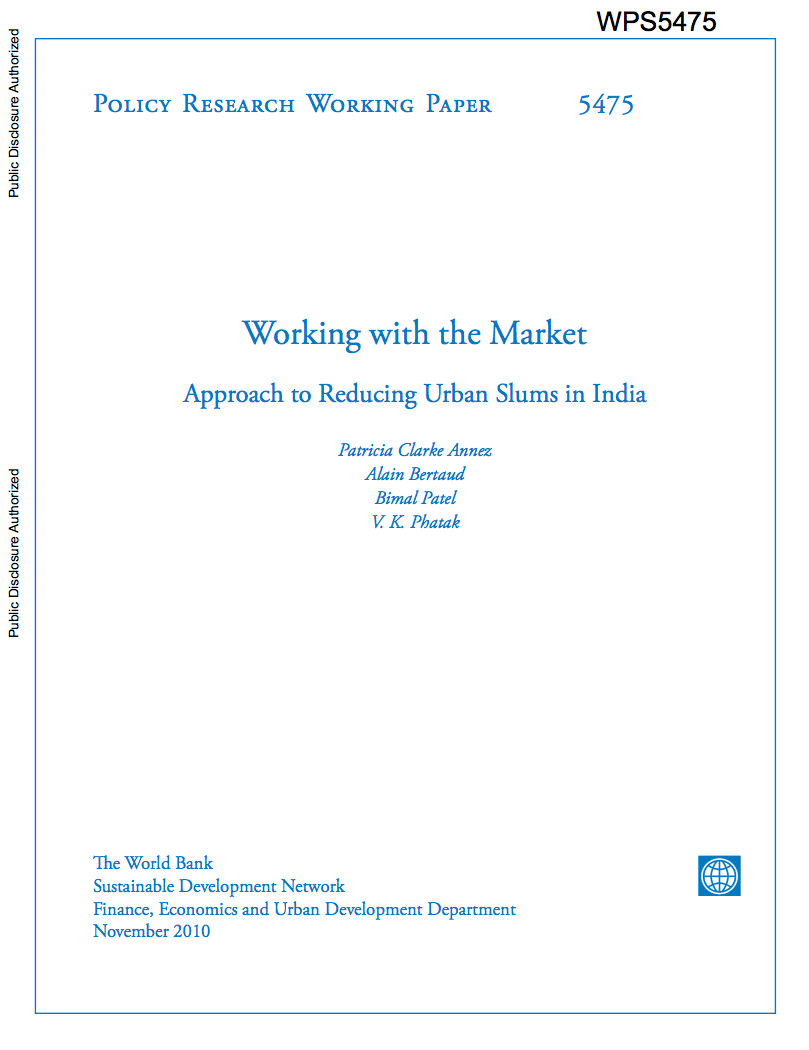India - Vulnerability of Kolkata
metropolitan area to increased precipitation in a changing climate
This study aims to strengthen the
understanding of the vulnerability of Kolkata from increased
precipitation caused by climate change effects with a
specific goal to: compile a data base with past weather
related information and damage caused by extreme weather
related episodes; develop hydrological, hydraulic, and storm
drainage models to identify vulnerable areas and determine
physical damage estimates resulting from climate change



